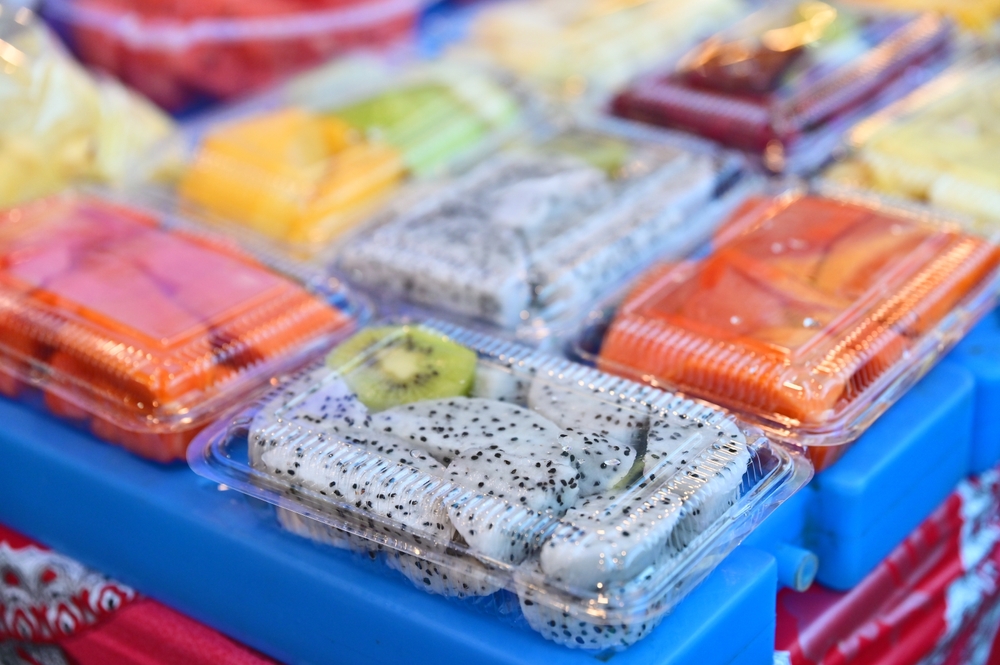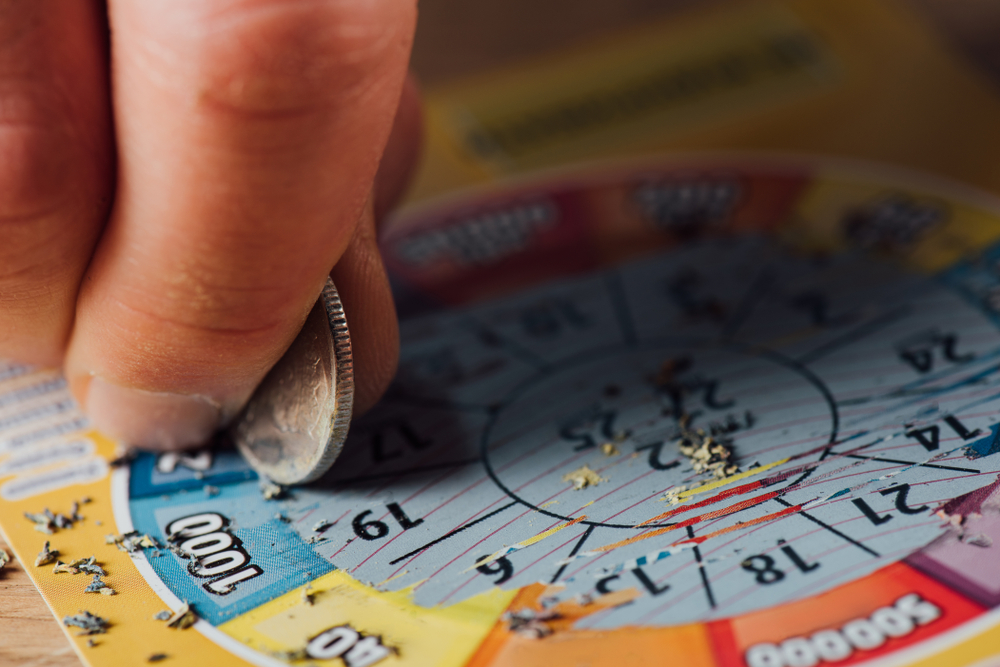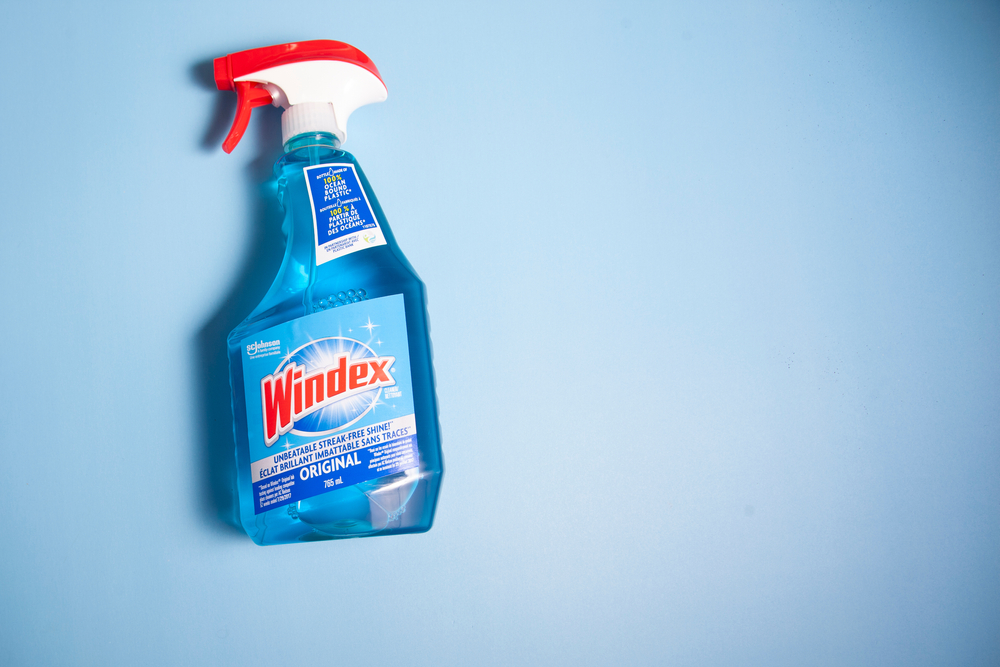Thrifty people are not cheap. They are smart, deliberate, and value-driven. Their goal is not just to spend less but to make better decisions with their money. Over time, they develop habits that help stretch every dollar. One of the smartest habits they follow is avoiding wasteful purchases. While some items might seem convenient or trendy, frugal individuals recognize that these things offer little long-term value. Here are 11 items thrifty people swear off forever because they know these products drain their wallets more than they help.
1. Single-Use Paper Towels

Thrifty individuals often replace paper towels with reusable alternatives. While paper towels seem convenient, they are expensive over time and bad for the environment. A household can easily go through several rolls per month, leading to hundreds of dollars per year. Instead, budget-conscious people prefer microfiber cloths, washable rags, or sponges that can be reused for months. These reusable options do a better job cleaning and create less waste. The savings add up quickly and the switch is easy to maintain.
2. Bottled Water

Buying bottled water regularly is one of the most wasteful habits from a financial standpoint. A single bottle of water can cost more than a gallon of gasoline, yet it offers no benefits over filtered tap water. Thrifty people invest in a good quality reusable water bottle and a home filtration system or pitcher. Not only does this save money, it also cuts down on plastic waste and encourages healthy hydration habits. This change alone can save families hundreds each year.
3. Brand-New Cars

Financially wise people know that brand-new vehicles lose a significant portion of their value the moment they leave the dealership. This rapid depreciation means the buyer is essentially throwing away money. Thrifty people often opt for used cars that are just a few years old. These vehicles are more affordable, have lower insurance premiums, and still offer years of reliability. In many cases, a used car with good maintenance history is nearly as dependable as a new one but at a fraction of the cost.
4. Trendy Fast Fashion

While it might be tempting to buy cheap clothing to stay on trend, frugal individuals avoid fast fashion. These low-cost items are often poorly made and wear out quickly. Instead, thrifty shoppers look for quality pieces that are versatile and durable. They also visit thrift stores or buy secondhand items online. Buying fewer, better items that last longer ultimately saves more money and reduces the need for constant replacements.
Read More: Long Lost Skills That Most People Can’t Remember Anymore
5. Pre-Cut Fruits and Vegetables

Pre-cut produce may save time, but it comes with a hefty markup. Thrifty people prefer to buy whole fruits and vegetables, which are usually fresher and cost significantly less. Taking a few minutes to chop ingredients at home leads to big savings over time. Plus, it reduces unnecessary packaging and waste. Buying in bulk and prepping ahead can make meals quicker without paying a premium for convenience.
6. Premium Cable TV Packages

With the rise of streaming platforms, paying for traditional cable TV has become increasingly outdated and expensive. Thrifty households often ditch cable in favor of streaming services or even free over-the-air channels. Many streaming platforms offer a wide range of shows and movies at a fraction of the cost. Some even offer free tiers with ads. Combining a few affordable options can cover most entertainment needs without the bloated cable bill.
7. Daily Takeout Coffee

That $4 coffee each morning adds up to over $1,000 a year. Thrifty people recognize this and choose to make coffee at home. With affordable coffee machines, grinders, and quality beans, it is easy to create delicious drinks at a much lower cost. Some even enjoy the process as a relaxing part of their morning routine. Cutting back on takeout drinks is one of the fastest ways to trim spending without sacrificing enjoyment.
8. Lottery Tickets

Hope can be expensive. Thrifty people understand that the lottery offers virtually no financial benefit. The odds of winning are extremely low and the money spent on tickets rarely results in any return. Instead of gambling on luck, they prefer to invest or save consistently. Even small amounts added to a savings account or investment fund can grow over time and provide real financial security. Responsible money management always beats wishful thinking.
9. Expensive Name-Brand Cleaning Products

Many name-brand cleaning supplies cost more for the same ingredients found in generic or DIY versions. Thrifty people often make their own cleaners using simple household items like vinegar, baking soda, and lemon juice. These ingredients are effective, inexpensive, and non-toxic. For specialized needs, store-brand alternatives are often just as good as premium names but at a fraction of the price. Being selective with cleaning supplies helps save money without sacrificing hygiene or safety.
Read More: Cheap Doesn’t Mean Safe—Skip These 10 Kitchen Items at the Thrift Store
10. Extended Warranties

Retailers often push extended warranties on electronics and appliances, but thrifty people usually decline. Most products come with a manufacturer warranty and issues tend to appear early, if at all. The cost of extended protection rarely justifies the price. Thrifty individuals prefer to set aside money in an emergency fund for unexpected repairs. This approach avoids unnecessary fees and provides more flexibility in case something does go wrong.
11. Subscription Boxes

Subscription boxes for snacks, clothing, beauty products, and more have become popular, but they often lead to overspending and clutter. Thrifty people avoid these boxes because they usually contain items they do not need or would not buy on their own. The novelty wears off quickly and the recurring monthly cost adds up. Instead of spending money on mystery packages, they prefer to buy exactly what they need when they need it. This keeps spending intentional and prevents waste.
Conclusion

Living a thrifty lifestyle does not mean giving up comfort or fun. It means making smarter choices that prioritize long-term value over short-term gratification. The 11 items listed above are common traps that eat away at budgets without offering lasting satisfaction. By avoiding them, thrifty people keep more of their money and direct it toward goals that matter like savings, travel, education, or experiences. You do not have to be extreme to benefit from these habits. Start by dropping one or two of these items and watch how quickly the savings grow. Smart spending is about clarity, not sacrifice.
Disclaimer: This article was created with AI assistance and edited by a human for accuracy and clarity.

